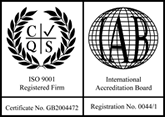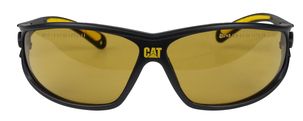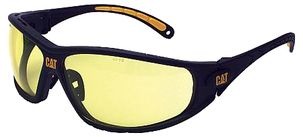Optical Safety Glasses ... Tel: 01695 - 580554 - Fax: 01695 570938 email: enquiries@visionlabormskirk.co.uk
![]()
Your
First Choice
For
Prescription Safety Glasses
North West
UK

![]()
British Standards
PRESCRIPTION SAFETY EYEWEAR
BRITISH STANDARDS
European Standard EN 166 (specifications / markings)
BS EN 166 Eyewear markings
|
PROTECTOR TYPE
|
|||||||
FRAME
|
LENS
|
SPECTACLES
|
GOGGLES
|
FACESHIELDS
|
||||
Manufacturers Mark
|
®
|
®
|
u
|
u
|
u
|
|||
|
OPTICAL CLASS
|
Refractive Power
|
+/- 0.06
|
-
|
1
|
u
|
u
|
u
|
|
|
+/- 0.12 |
-
|
2
|
u
|
u
|
u
|
|||
+ 0.12
|
-
|
3
|
u
|
u
|
||||
- 0.25
|
-
|
|||||||
|
MECHANICAL STRENGTH
|
Increased Robustness
|
-
|
S
|
u
|
u
|
u
|
||
Low Energy Impact
|
- F
|
F
|
u
|
u
|
u
|
|||
Medium Energy Impact
|
- B
|
B
|
u
|
u
|
||||
High Energy Impact
|
- A
|
A
|
u
|
|||||
|
FIELD OF USE
|
Liquid Droplets / Splashes
|
3
|
-
|
u
|
u
|
|||
Large Dust Particles
|
4
|
-
|
u
|
|||||
Gas / Fine Dust Particles
|
5
|
-
|
u
|
|||||
Short Circuit Electric Arc
|
8
|
-
|
u
|
|||||
Molten Metal / Hot Solids
|
9
|
9
|
u
|
u
|
||||
Resistance to fogging
|
-
|
N
|
u
|
u
|
u
|
|||
Resistance to Surface Damage
|
-
|
K
|
u
|
u
|
u
|
|||
Personal Protection at Work Regulations (2002)
HSE Short guide to PPE regulations 2002
Other relevant EN standards are...
EN 169, Personal eye-protection - Filters for welding and related techniques - Transmittance requirements and recommended use
EN 170, Personal eye-protection - Ultraviolet filters - Transmittance requirements and recommended use
EN 171, Personal eye-protection - Infrared filters - Transmittance requirements and recommended use
EN 172, Personal eye protection - Sun glare filters for industrial use
EN 175, Personal protection - Equipment for eye and face protection during welding and allied processes
EN 207, Personal eye-protection - Filters and eye-protectors against laser radiation (laser eye-protectors)
EN 208, Personal eye-protection - Eye-protectors for adjustment work on lasers and laser systems (laser adjustment eye-protectors)
EN 379, Personal eye-protection - Automatic welding filters
EN 1731, Personal eye protection - Mesh eye and face protector
Eye Injuries
Many studies have shown that approx 70% of eye injuries result from flying or falling objects. Two thirds of these objects were as small as a pin head, most particles moving faster than a hand thrown object.
Contact with chemicals causes approx 20% of injuries.
Other accidents were caused by objects swinging from a fixed or attached position, like tree limbs, ropes, chains, or tools which were pulled into the eye while the worker was using them.
40% of injuries studied occurred among mechanics, repairers, carpenters, and plumbers. Over a third of the injured workers were assemblers, sanders, and grinding machine operators. Labourers suffered about 20% of the eye injuries.
Personal protective equipment at work regulations 2002
Covers requirements, assessment, hazards, training, maintenance and CE marking.
PROTECTOR TYPE
|
Prescription Safety Glasses Impact resistance for mechanical strength F is tested using a ballistic test - firing a 6mm steel ball weighing 0.86g travelling at at least 45 m/s at the time of impact. Mechanical strength S measured by dropping a 43g 22mm steel ball onto the lens from a height of 15 inches. Grade F is suited for tasks like drilling, sawing, grinding, hammering or risk from any process which could emit particles whose energy equates to the test specifications above. Grade S can be used in hazardous areas where there is risk of small flying particles from other workers or processes in the vicinity but where the wearer is not close to the source of the hazard. All our lenses are Optical Class 1. Goggles Housing has higher impact resistance with greater protection from hazardous liquids, dust and gases. Goggles provide the minimum protection for mechanical strength B (6mm 0.86g steel ball at 120m/s)
|


